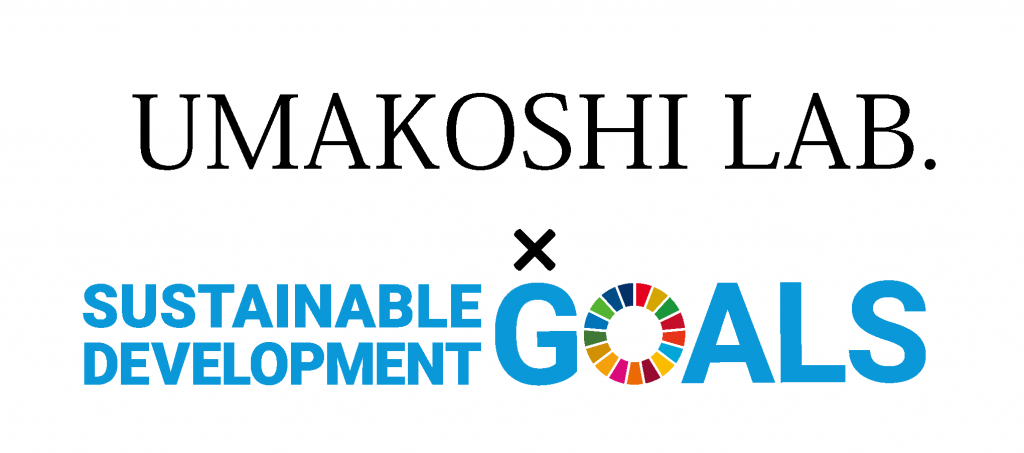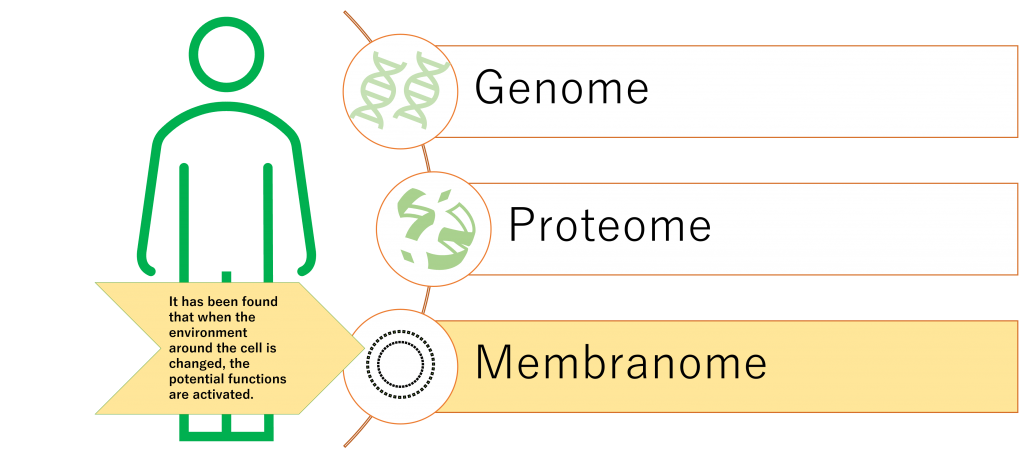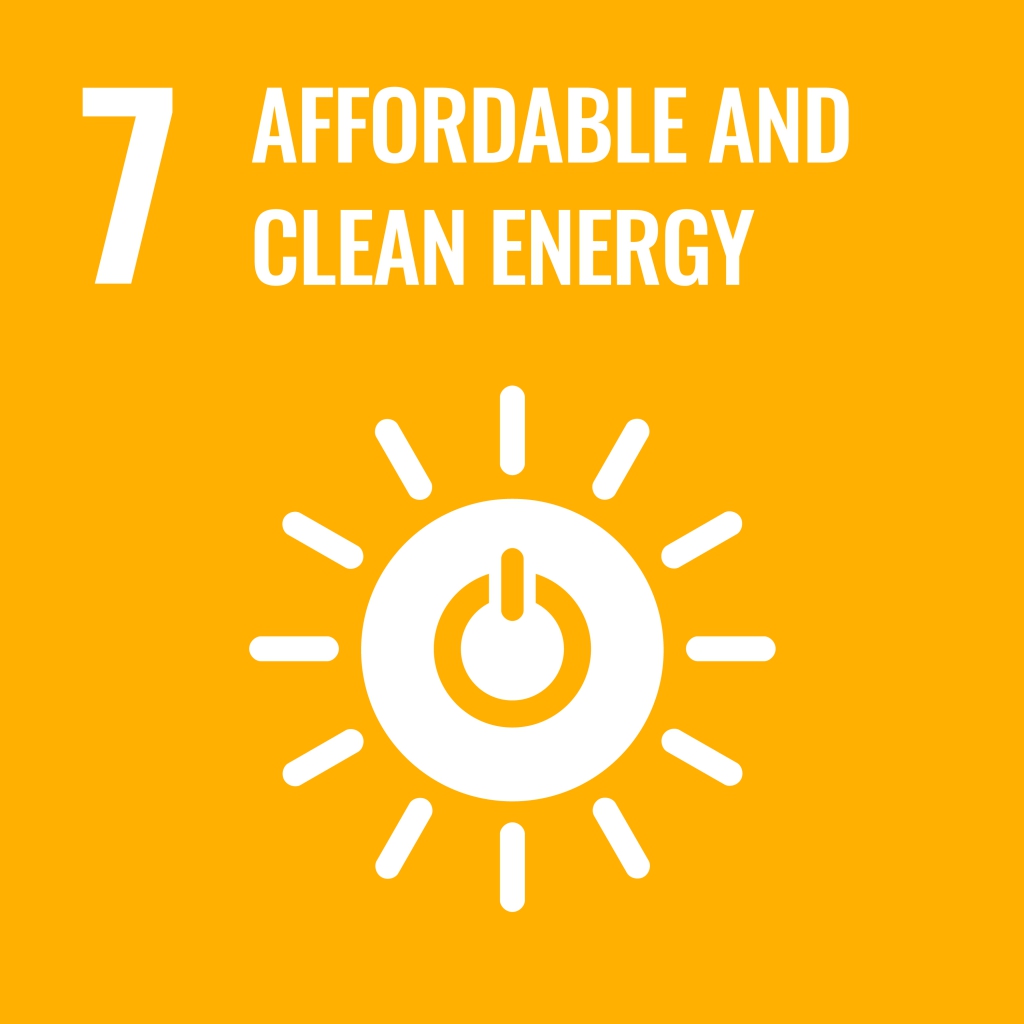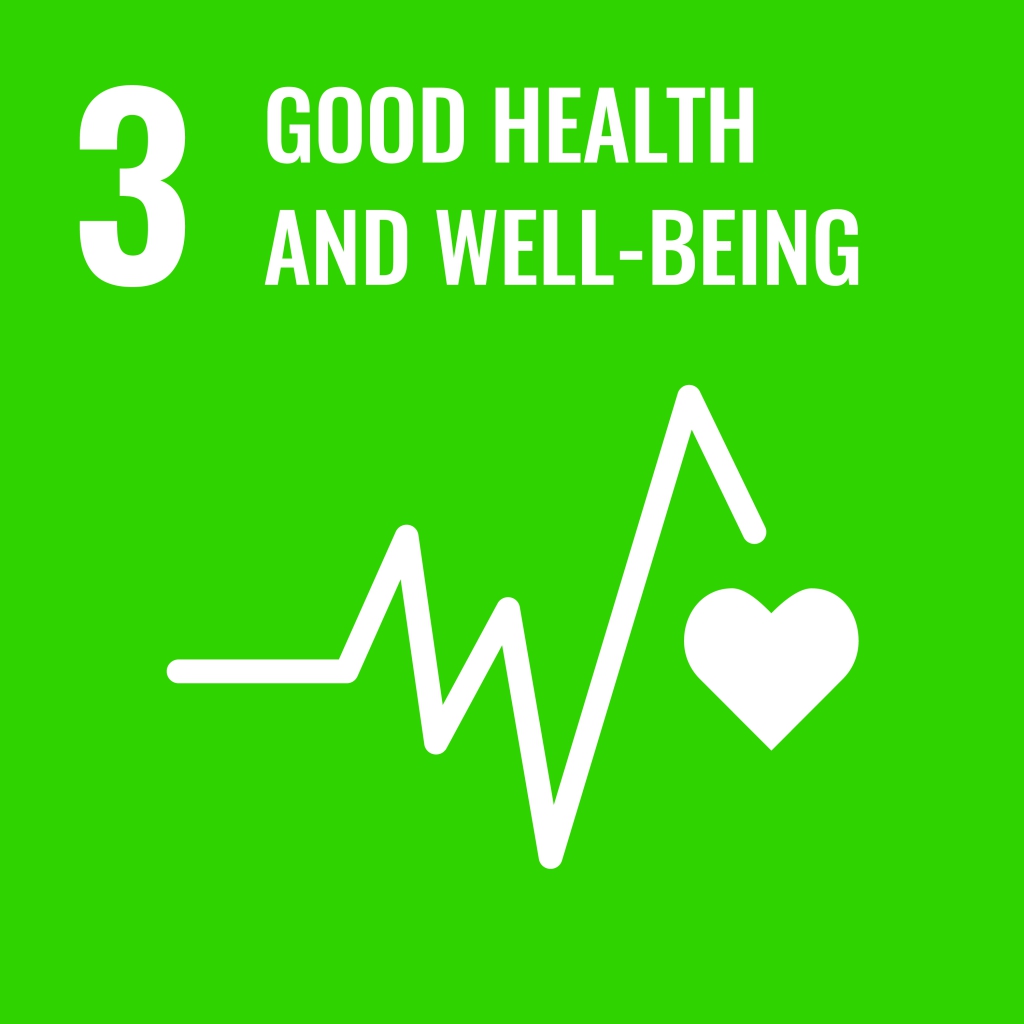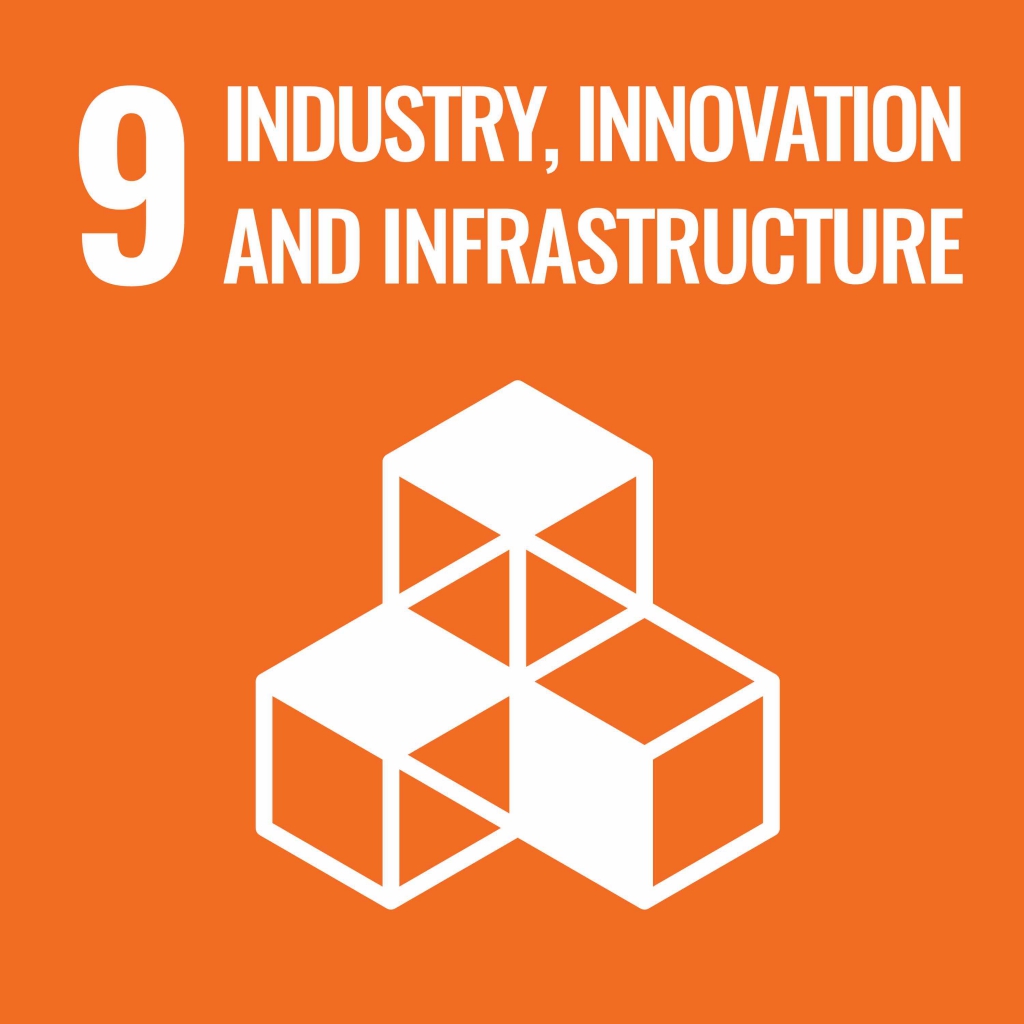We will achieve the SDGs through “basic engineering of biomembranes.
- What is a biomembranes ?
-
Biomolecules, such as proteins and nucleic acids, exist inside cells, and biomembranes serve as physical barriers between them. Our body is made up of 60 trillion cells, each of which has its own biological membrane.
Since a single phospholipid molecule has both water-soluble and oil-soluble structures, micelles, which are clumps of molecules, and liposomes, which are capsules consisting of nano-oil films with highly ordered molecules, are formed in water. Liposomes (≈ model biomembrane)” are formed in water. These biomembranes and model biomembranes are often thought of as mere “physical barriers,” but their role as an “interface” between the outside world and cells, where they can flexibly change their properties according to the environment, has recently attracted attention.
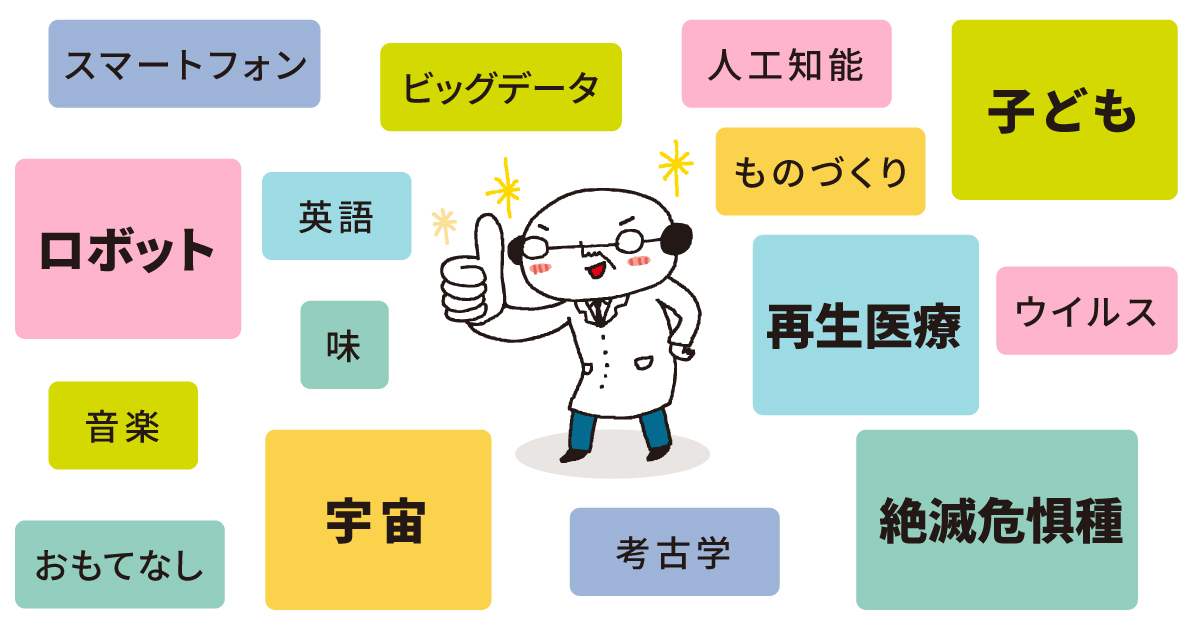
Learning from the essence of biomembranes and model biomembranes to create systems that lead to green innovation.
However, there is a problem that these “man-made products” are destroying the global environment. We are working to solve environmental problems by creating new manufacturing strategies based on the power of living things and the essence of strategy.
 Prof.UMAKOSHI
Prof.UMAKOSHIWe are challenging the development of highly efficient and selective “next-generation biocatalysts” and “next-generation bio-support materials,” as shown by proteins and nucleic acids, using the “self-assembled membranes” that constitute biological membranes as core materials.
Tailor-Made Career Design for the Next Generation DDS
Until now, liposomes have been used as carriers for drug delivery systems (DDS) that deliver drugs to the affected area with pinpoint accuracy. We have developed methods to “know” (analyze) liposomes and other self-assembling materials, and are working to develop methods to “design” appropriate DDS carriers.



We aim to provide a “Tailor-Made” career design from the perspective of Engineering Science, targeting DDS for “difficult-to-solubilize drugs” and “high-molecular-weight drugs” (antibodies, RNA, DNA, etc.), which have attracted attention in recent years.
The Challenge from Enthalpy-Driven to Entropy-Driven
Most of the strategies of “chemical processes” utilize the energy (latent heat and sensible heat) associated with “phase change” (e.g., gas to liquid) (enthalpy-driven). On the other hand, a cell, in which biomolecules are arranged in an orderly manner in a compact space, can be regarded as a microscopic and smart chemical process that utilizes the inherent “ordered structure” for manufacturing (entropy-driven). Our goal is to learn the essence of “bio-strategy” and to construct a new strategy inspired by it.



“By pursuing the engineering science of self-assembled systems (≒ biomembranes), we hope to contribute to the development of highly functional materials in the short term and to the construction of new strategies that can serve as the basis for technological innovation in the long term.

